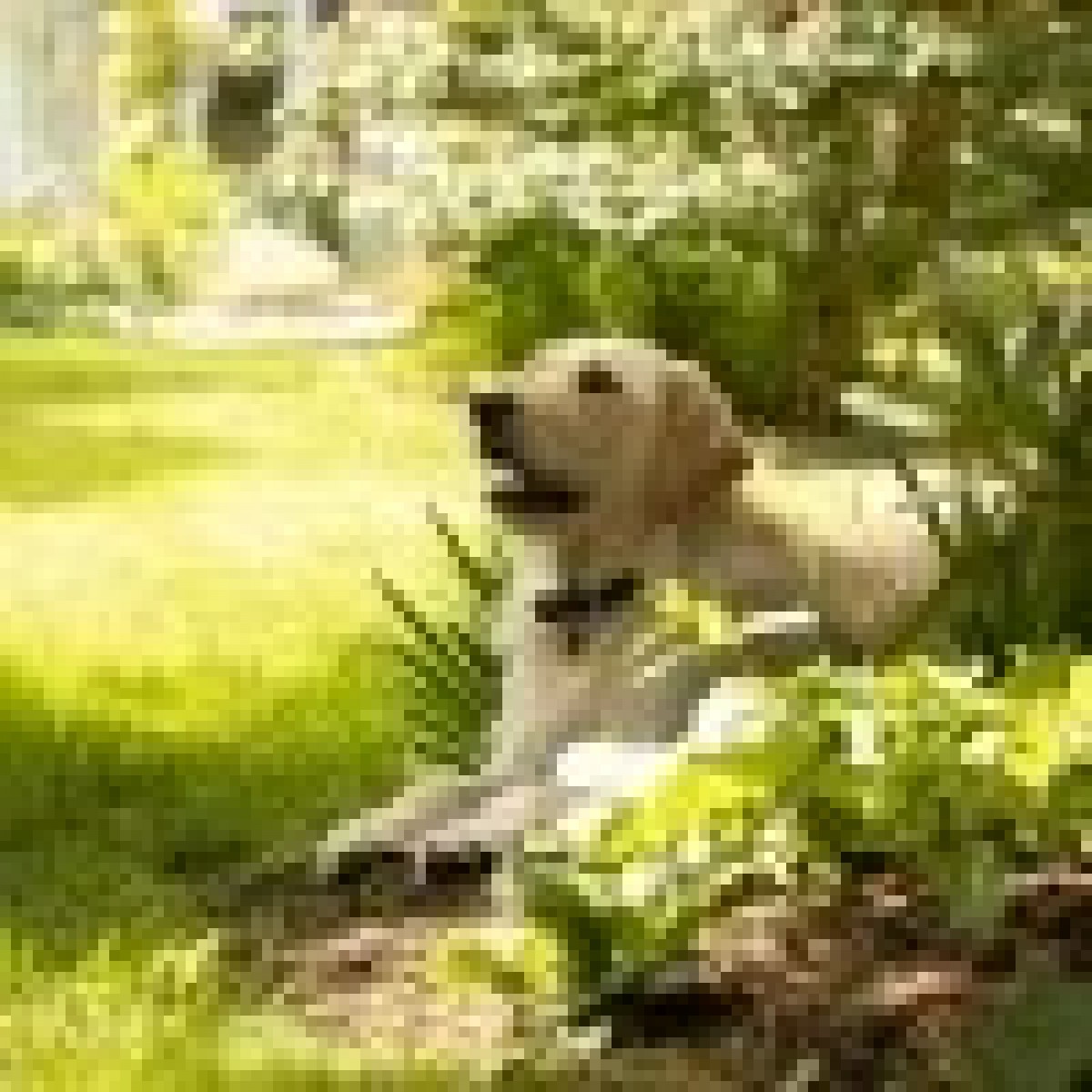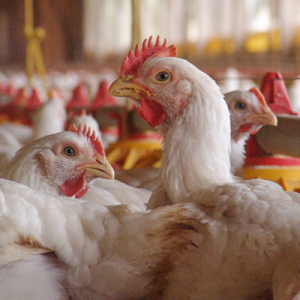Planting a Dog-Friendly Garden: 16 Outdoor Plants Safe for Dogs
With a fresh breeze and so many delightful smells, the backyard might just be your dog’s favorite place—outside of your lap, of course. To make sure your yard is beautiful and dog-friendly, you’ll need to choose safe outdoor plants.
Why Are Some Plants Not Safe for Your Dog?
Surprise! Even everyday plants can contain toxic substances. “Toxins can be found in certain parts of some plants, and in all the parts of other plants,” says Brian Collins, DVM, an extension veterinarian with Cornell University’s Richard P. Riney Canine Health Center.
Depending on the toxin, symptoms can range from vomiting and diarrhea to tremors; some plants can even be fatal if ingested.
But it’s complicated, says Stephen Hall, the eastern regional vice president of Moon Valley Nurseries.
“Most plants have some level of natural toxicity, but that doesn’t mean they’re [necessarily] deadly,” he explains. “What matters is how much the dog ingests and the size and curiosity level of the dog.”
What Are Some Common Plants That Are Not Safe for Dogs?
Here are some popular plants to avoid for a dog-friendly garden.
Lily of the valley
With small, white bell-shaped flowers, this plant is toxic if ingested because it contains cardiac glycosides that cause vomiting and diarrhea, slow heart rate, low blood pressure, seizures, or worse, Collins says.
Azaleas and rhododendrons
Azaleas and rhododendrons are flowering shrubs that burst into bloom each spring. Collins notes they contain grayanotoxins, which can cause gastrointestinal problems, as well as generalized weakness or heart failure in dogs.
Tomatoes
Like other plants in the nightshade family, tomato plants contain toxic glycoalkaloids. Collins points out that your pup can eat ripe tomatoes in moderation, but the plant itself and any green tomatoes are off limits.
Oleander
Toxic to animals and humans when ingested, this plant (which comes in white, yellow, pink, red, and other colors) contains glycosides that can affect the cardiovascular system and cause neurological and gastrointestinal issues.
Sago palm
The drought-tolerant sago palm is popular for landscaping, but it’s at the top of Hall’s list of plants to avoid if you have a pup. “They’re not just toxic—they’re actually poisonous, especially the root system,” he says. (“Poisonous” suggests a particularly high level of toxicity.)
Podocarpus
If you’re looking for an evergreen to add year-round color, pass on the podocarpus (also known as a Buddhist pine or yew pine). All parts of the plant and its seeds are toxic, and it can cause digestive upset in dogs.
Stone fruit trees
While stone fruit trees are not necessarily toxic, Hall suggests thinking twice before planting one. “It’s usually the pits or seeds that can be dangerous,” he explains. The hard pit can pose a choking hazard, especially if your pup tends to gobble down every tasty treat they find.
16 Dog-Safe Plants to Add to Your Backyard
Thankfully, there are lots of outdoor plants that are safe for dogs. Here are some popular options.
Daylilies
Daylilies are outdoor perennial plants safe for dogs—and they’re at the top of Hall’s list of recommendations. He says these nontoxic plants adapt well to all light and soil conditions.
Sunflowers
Even if your dog snacks on a few seeds, the cheery sunflower poses no threat, as long as it’s in moderation.
Roses
A pretty pick for a dog–friendly garden, these perennials grow in most areas of the U.S. except for the coldest regions.
Marigolds
The marigold plant is well-known for its orange, red, or yellow blooms and green foliage, and they can grow just about anywhere as long as they receive six hours of sun.
Pansies
Charming pansies produce solid or bicolor blooms in cool weather—perfectly pup-safe!
Impatiens
For a hardy blooming plant, consider impatiens, which come in a wide range of colors and grow across most of North America.
Zinnias
This annual plant will bloom all summer long, producing eye-catching flowers in a range of hues.
Ferns
Ferns are dog-safe outdoor plants that add a touch of soft greenery to your space.
Phlox
Phlox is a flowering groundcover plant—perfectly OK for canine kiddos.
Hens and chicks
This rosette-shaped succulent is a cute addition to any garden and perfectly safe for your dog—although they’ll probably avoid its prickly leaves.
Crape myrtle
“Available in gorgeous violet and pink tones, this plant is common in Southern gardens,” says Hall.
Thyme
You can use creeping thyme as a groundcover or grow the aromatic shrub to use in cooking. Either way, it’s canine-safe.
Camellias
The camellia is a small tree or shrub known for its beautiful blooms during the cooler seasons. You may see single or double blossoms in pink, red, or white hues.
Saucer magnolias
Also known as Japanese magnolias, these ornamental trees produce large, saucer-shaped flowers in colors like creamy white, delicate lavender, rich rose, or a soft yellow. Super pretty and super nontoxic.
Roses of Sharon
A Rose of Sharon is a type of hibiscus with single or double flowers in shades such as pink, red, and lavender.
Bamboo
Part of the grass family, bamboo plants are safe for dogs. The tall ones are a great option for adding some privacy to your backyard—or just something for the tennis ball to bounce off when your dog doesn’t quite catch it in time.
No matter which dog-friendly plant you choose, make sure your pup always has supervision and plenty of water outside—not to mention some canine-friendly accessories to make the backyard one of their favorite spots.
What If Your Dog Eats a Plant That’s Not Safe?
“It’s a good idea to take a photo of the plant so that it can be accurately identified,” even if you’re sure what it is, Collins says. He advises pet parents to consult a veterinarian right away—use an emergency veterinary service if it’s after hours.
On your way to the vet, if possible, you also should contact the Pet Poison Helpline at 855-764-7661.
In the meantime, Collins says to closely monitor your dog for breathing difficulties, vomiting, diarrhea, weakness, and seizures.
Authors: Erica Puisis. Reviewed by Dr. Teresa Manucy
Source: https://www.chewy.com/














List
Add
Please enter a comment